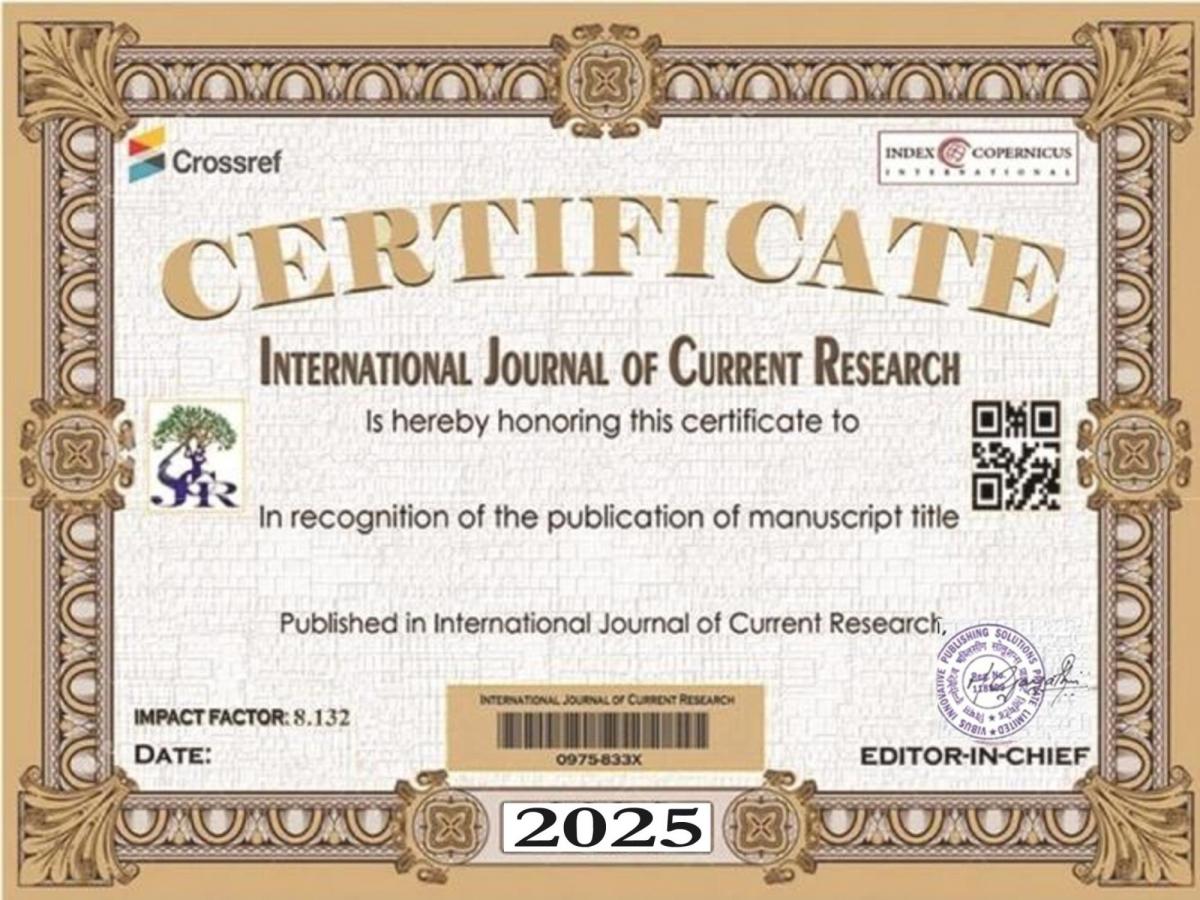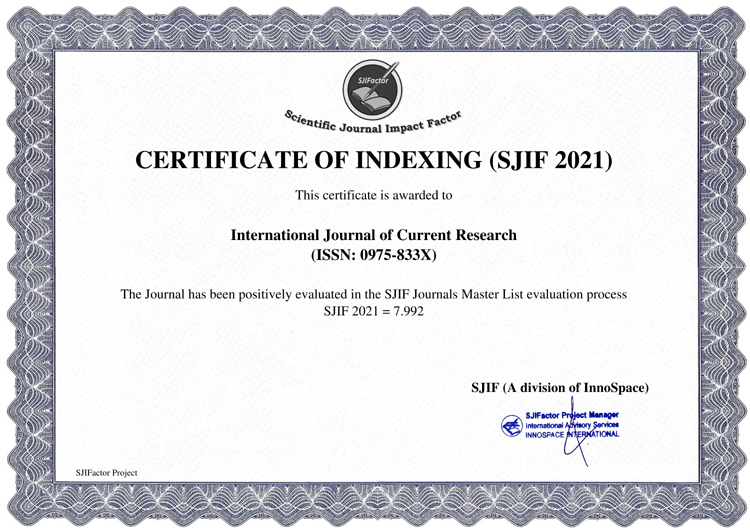Background: Type II Diabetes Mellitus & complication associated with it are major public health challenges worldwide. Studies have shown that Indian populations develop complication of diabetes at an early age (20-40 years) compared with Caucasians (>50 years), this indicates that diabetes must be carefully screened and monitored regardless of patient age within India. Adenosine deaminase (ADA) is suggested to be an important enzyme for modulating the bioactivity of insulin, but its clinical significance in Type II DM is not yet established. Adenosine Deaminase (EC 3.5.4.4) is an enzyme that catalyses the irreversible deamination of adenosine & deoxyadenosine to inosine & 2’deoxyinosine respectively which are further converted to hypoxanthine, xanthine & finally Uric acid. Aims & Objective: To estimate the levels of serum ADA & identify its correlation with glycaemic parameters, Lipid profile, serum Uric acid & BMI of patients of type II DM. Material and Methods: It is case - control study conducted at tertiary care teaching hospital. The subjects were divided into three groups –Group I consisted of 30 Controlled diabetics [HbA1c <7%], Group II consisted of 30 Uncontrolled diabetics [HbA1c >7%] and Group III consisted of 30 healthy Non diabetic individuals. Age & Sex matched belonging to age group of 35-65years. Estimation of serum ADA, FBS, PPBS, HbA1c, lipid profile, serum uric acid, serum total protein, SGOT & SGPT was carried out in all the study subjects. Results: Mean ADA in Group I, II, III are 29.60 +-5.86, 41.46+-6.2, 18.7+_5.27 respectively, Mean HbA1c in Group I, II, III are 6.27+_0.51, 9.09+_1.70, 4.8+_0.7 respectively & Mean Serum uric acid in Group I, II, III are 7.1+_0.54, 5.9+_0.48, 6.01+_049 respectively. Serum ADA was positively correlated with Glycemic parameters, TC, TAG, LDL, VLDL, BMI whereas negative correlation was observed with HDL. Serum uric acid levels were raised in control DM and decreased in uncontrolled DM. Also, no association was found between serum ADA and serum Total Protein, SGOT, SGPT, Blood Pressure in type II DM subjects. Conclusion: Serum ADA levels were significantly higher in Type II DM subjects compared to healthy individuals. This suggests that ADA plays a role in pathophysiology of Type II DM and its complications. Further studies are required to establish ADA as effective prognostic & pathological marker for early detection of complications in Type II DM.





